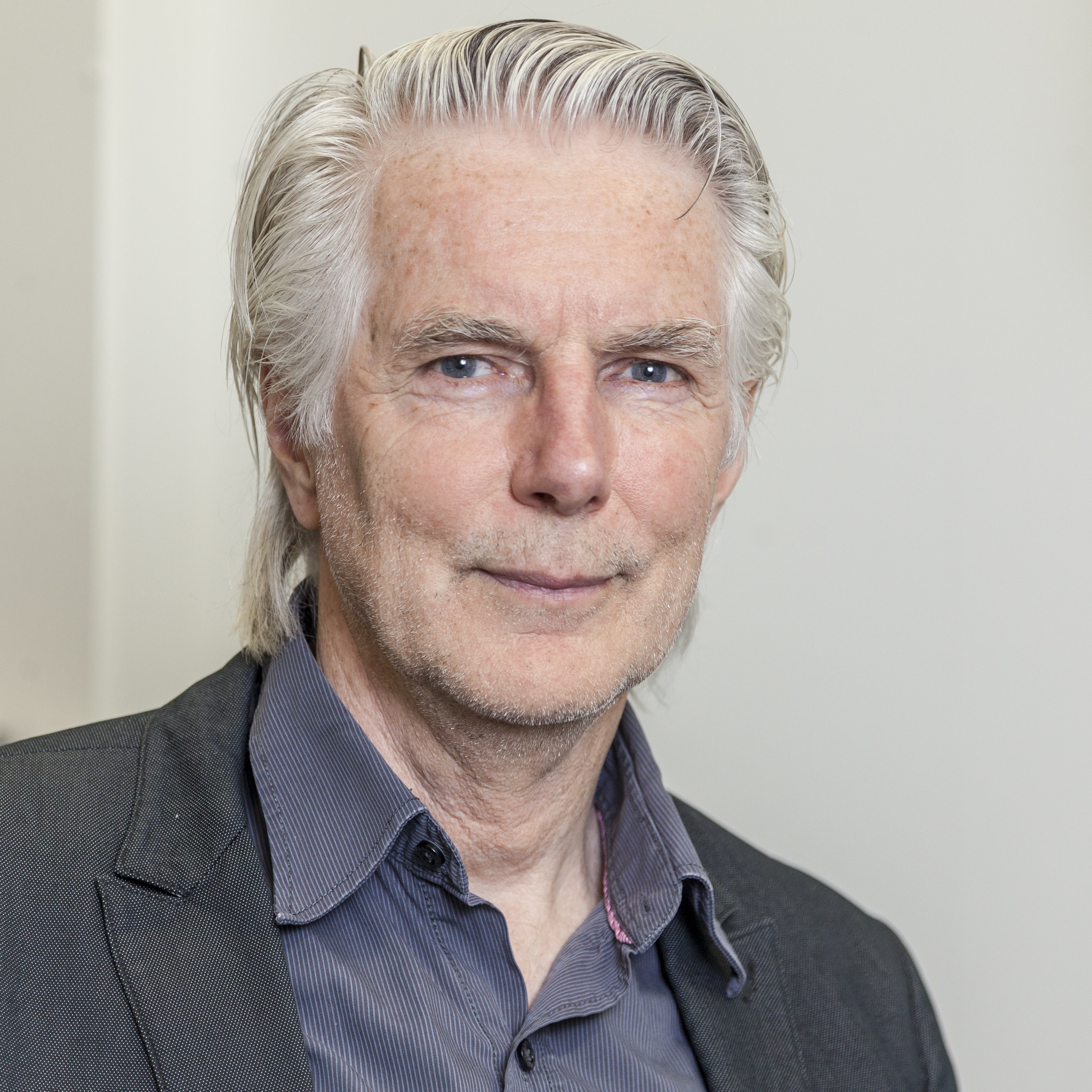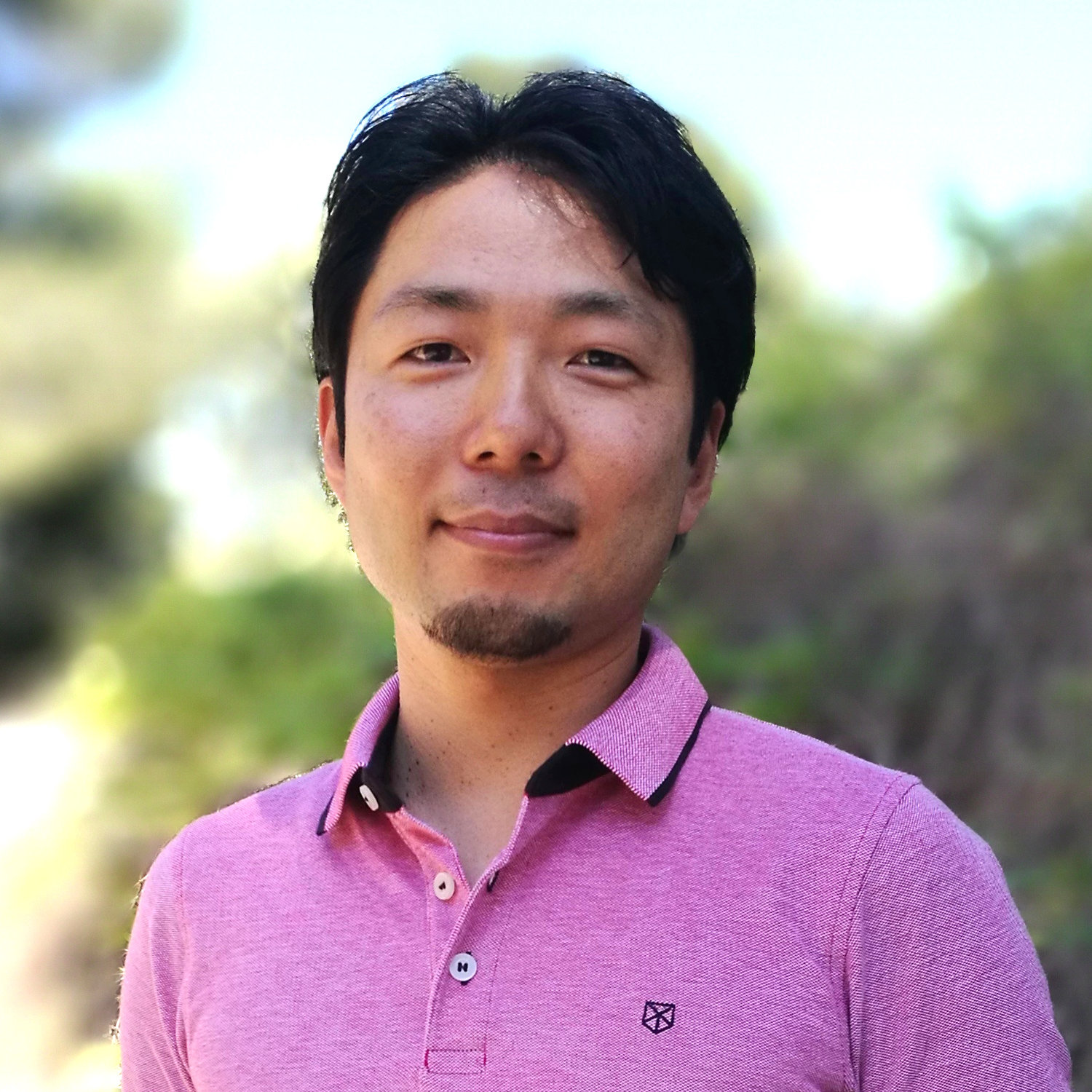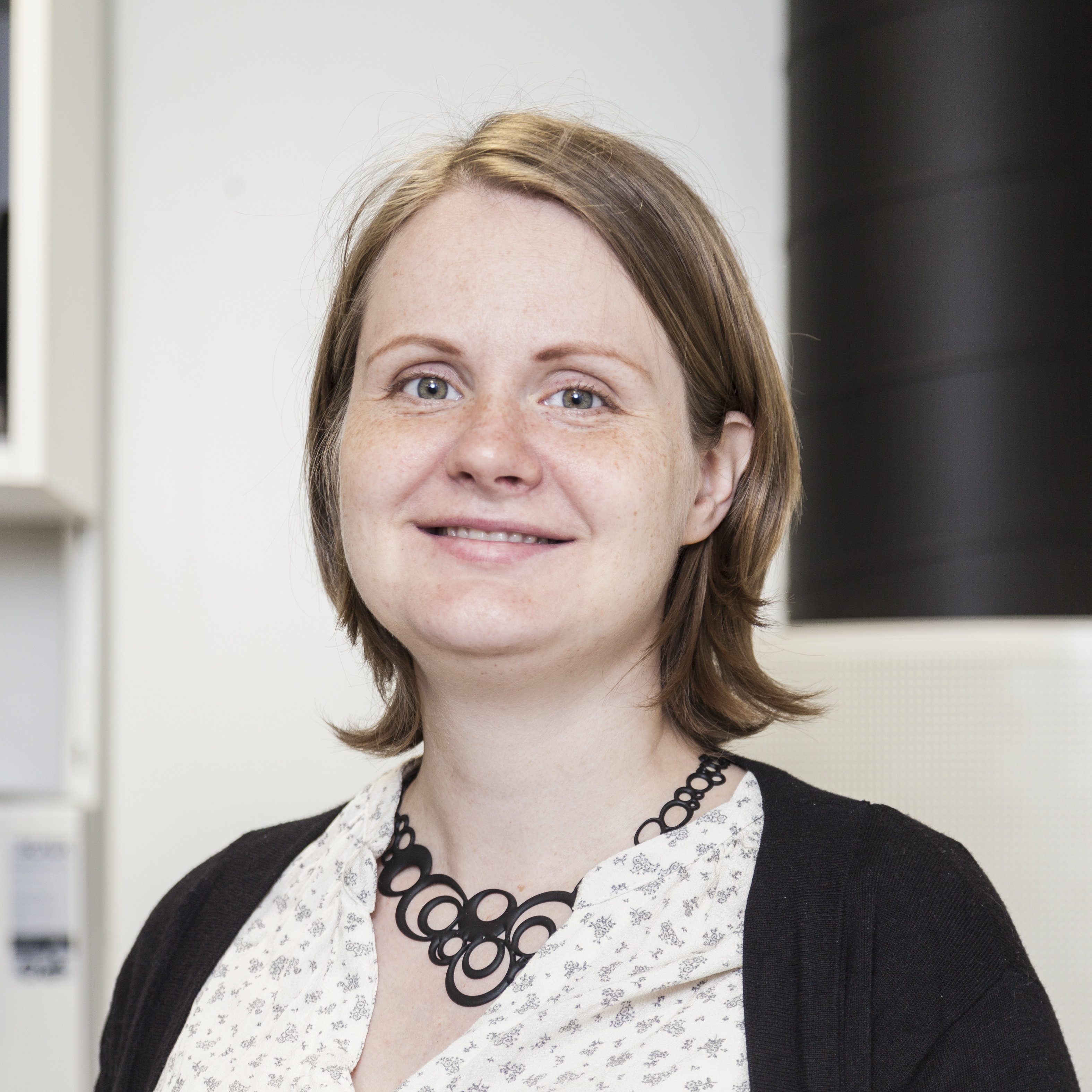Research
Professor Atsushi Urakawa
Atsushi Urakawa's research team combines fundamental and applied research and aims at the rational design of heterogeneous catalysts and processes aided by in situ and operando methodologies.
Associate Professor Monique A. van der Veen
Dr. van der Veen's research focusses on the development of nanoporous materials for photocatalysis and electronics. Most notably we work with metal-organic framework. These structures that consist of inorganic clusters linked by organic linkers into 3-D nanoporous crystalline solids offer a playground where via varying the constituents we can change the properties and topology at will.
We focus on developing materials for converting solar energy into chemical fuels, to be used as memories in physically flexible electronics and to be used as harvesters of ambient mechanical vibration energy. An important component of our research is the use of advanced optical spectroscopy to gain detailed insight in the structure and function of nanoporous materials. This includes ultrafast spectroscopy on heterogenous catalysts under reaction conditions.
Assistant professor Dr. Atul Bansode
Atul’s work is focused on high pressure (500 bar) catalysis and instrumentation. His research combines multiple areas of science such as chemistry, mechanical, electronics and programming to create world class advanced instrumentation and innovative processes in catalysis with special emphasize on developing high pressure and high-throughput catalytic systems as well as in-situ/operando tools. The active areas of his research are CO2/syngas conversion, in situ/operando spectroscopy and hydrocarbon processing.

Associate Professor Michiel Makkee
Dr. Makkee’s research can be characterised as giving solutions to some of the challenges in current society. Depending on the challenge, attention will be paid to either catalyst development (new or improved ) or reactor development. The activities can be best described as “Industrial Catalysis for Society”.

Professor Em. Freek Kapteijn
Regular arrangement of catalysts in reactors decouples the scale dependent and independent phenomena, such as intrinsic kinetics, thermodynamics, mass and heat transport and hydrodynamics. This allows their independent optimization so that all rate processes in a reactor are in balance and the catalyst is used in the way it was designed for. Structuring ranges from the molecular to the reactor scale in a hierarchical way. Microscopically zeolites, MOFs and well defined clusters are used. Macroscopically one should think of monoliths, foams, corrugated packing etc. Combined with multifunctional operation this approach can give a large boost to process intensification. Radial heat transport in reactor packings is a big challenge and subject of study.


